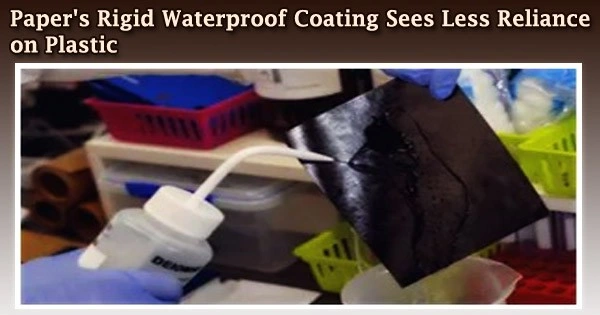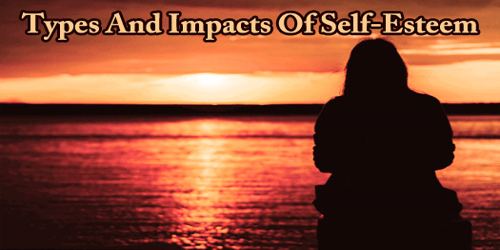There is a lot of research being done on ways to use less plastic in many different applications for both our benefit and the environment.
Researchers have for the first time discovered a way to give relatively sustainable paper materials some of the beneficial traits of plastic. This is doable quickly, cheaply, and effectively.
Paper is waterproofed with a coating known as Choetsu, but it also keeps its suppleness and safely degrades. The reality that plastic materials are generally bad for the environment is difficult to ignore.
You’ve probably seen pictures of plastic pollution ruining rivers, washing up on beaches, and killing numerous animals. However, considering the prevalence of plastic materials in daily life, the issue frequently appears to be utterly beyond our control.
Professor Zenji Hiroi and his team at the University of Tokyo’s Institute for Solid State Physics investigate how materials science might be useful, and their most recent finding intends to replace some plastic usage with paper, which is more environmentally friendly.
“The main problem with plastic materials as I see it is their inability to degrade quickly and safely,” said Hiroi.
“There are materials that can degrade safely, such as paper, but obviously paper cannot fulfill the vast range of uses plastic can. However, we’ve found a way to give paper some of the nice properties of plastic, but with none of the detriments. We call it Choetsu, a low-cost biodegradable coating that adds waterproofing and strength to simple paper.”
We now hope to use this approach on other kinds of materials as well. The liquid composition can be tuned for other materials, and we can create a dirt- and mold-resistant coating that could form onto glass, ceramics and even other plastics to extend their usefulness. Alongside researcher Yoko Iwamiya, who has been working in this field for some time now, and the rest of my team, I hope we can do something truly beneficial for the world.
Professor Zenji Hiroi
When applied to paper, choetsu is a combination of ingredients that, when in contact with moisture in the air, spontaneously produce a sturdy and waterproof layer. A minor amount of tetraisopropyl titanate, some isopropyl alcohol, and primarily methyltrimethoxysilane make up the coating’s safe and inexpensive chemical composition.
This liquid mixture is sprayed on or dipped into to wet paper constructions, such as food containers, and allowed to air dry. The paper’s strength and waterproofness come from a thin coating of silica that forms on the cellulose after drying and contains the type of alcohol known as methyl.
Additionally, a layer of titanium dioxide nanoparticles is spontaneously created by reactions that happen throughout the coating process. These result in photocatalytic activity, which protects the coated item for a long time and has the ability to repel dirt and bacteria.
Over time, all of the coating’s compounds decompose into harmless substances including carbon, water, and silicon that resembles sand.
“The technical challenge is complete, and some applications could be realized soon, such as items for consuming, packaging or storing food,” said Hiroi.
“We now hope to use this approach on other kinds of materials as well. The liquid composition can be tuned for other materials, and we can create a dirt- and mold-resistant coating that could form onto glass, ceramics and even other plastics to extend their usefulness. Alongside researcher Yoko Iwamiya, who has been working in this field for some time now, and the rest of my team, I hope we can do something truly beneficial for the world.”
















